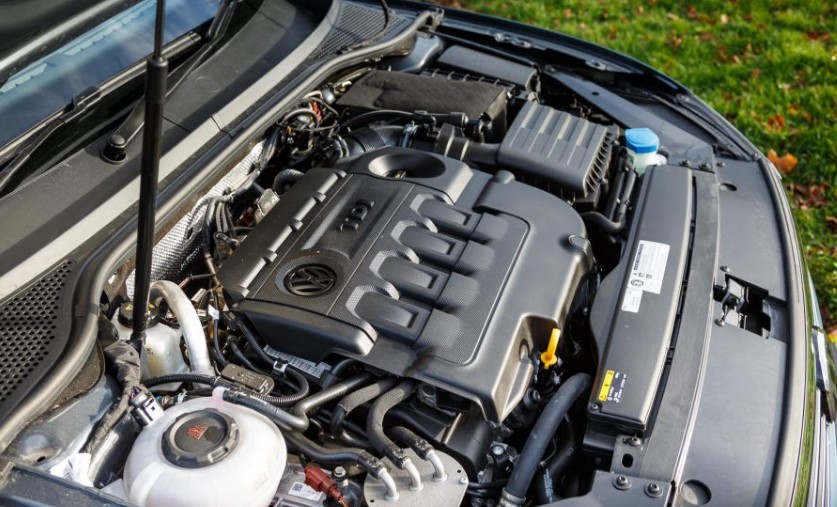Whether you’re looking to enhance your car’s appearance or improve your car’s performance, car tuning is the way to do it. This beginner’s guide covers everything you need to know about tuning your car, from suspension modifications to engine tuning and beyond. Read on to learn how tuning can transform your driving experience.
Table of Contents
What is Car Tuning and Why Tune Your Car?
Car tuning involves modifying certain engine parts and components to increase engine performance. Tuning can also refer to adjustments and upgrades on a car’s appearance and aerodynamics. From professional car tuning shops to DIY tuning, there are many ways car enthusiasts can customize their rides.
So why bother tuning your car? Here are some of the main reasons:
- Increase engine power and torque
- Improve acceleration and top speed
- Enhance cornering and handling
- Customize the car’s appearance
- Stand out from the crowd
- Improve the driving experience
- Unlock the full potential of your car
Types of Car Tuning
There are a few main types of auto tuning:
Engine Tuning
This involves modifying the engine parts to increase horsepower and torque. Common modifications include installing turbochargers, modifying the ECU (engine control unit), upgrading the exhaust system, etc.
Suspension Tuning
This focuses on upgrading components like shocks, springs, anti-roll bars to improve handling and ride comfort. Lowering cars with coilovers and installing strut bars help reduce body roll.
Chip Tuning
This tunes the ECU electronically to boost engine power. It’s one of the easiest and most affordable tuning methods.
Body Tuning
This changes a car’s aesthetics with modifications like spoilers, custom paint jobs, mag wheels, ground effects kits, etc.
Step-by-Step Guide to Tuning Your Car
Follow this beginner’s guide to effectively tune your car to match your goals:
Step 1: Decide Your Tuning Goals
Determine if you want to tune for more power, better handling, fuel efficiency, or aesthetics. This influences the parts you’ll modify.
Step 2: Choose the Right Tuning Parts
Research to select parts like air intakes, turbo kits, lowered springs, chassis braces, etc. that suit your tuning goals.
Step 3: Find a Reliable Tuning Company
Have a reputed tuning shop or experienced tuner handle major installs for reliability and safety.
Step 4: Upgrade Complementary Parts
Upgrading forced induction systems? Strengthen other engine parts accordingly. Lowering suspension? Get better shocks.
Step 5: Get an ECU Tune
An ECU tune optimizes electronic control of the engine to match the new parts. This maximizes performance gains.
Step 6: Test and Fine-Tune the Results
Test runs to ensure proper install and make tweaks. Professional dyno tuning accurately fine-tunes for max power.
Is Tuning Your Car Legal?
Legality depends on your state laws and the extent of tuning. Generally aesthetic and bolt-on power mods are street legal. Forced induction, nitrous systems may require inspections. Lowered suspensions often don’t comply with public road height regulations either. Track-focused tuner cars may require trailer transport to events only.
Tips for Car Tuning Beginners
Here are some additional first-timer tips:
- Start small with basic bolt-ons to minimize expenses and risks
- Work with expert tuners to avoid damaging engine or drivetrain
- Dyno tune engine after installing forced induction or major engine mods
- Road test suspension and handling changes extensively for real-world handling
- Don’t tune at the cost of reliability unless you plan to race exclusively
- Invest in supporting mods to handle the additional power
- Keep insurers in loop regarding modifications
So are you tuning to dominate the strip, tear up back roads, or turn heads on the streets? Either way, follow this tuning guide to unlock your car’s maximum performance. The world of tuning has something exciting to offer every enthusiast. Happy wrenching!
In Closing
Car tuning allows owners to customize their cars well beyond factory specs and gives a unique sense of ownership. With the right goals, parts, expert support, and realistic budgets in mind, both veterans and first-timers can tune their rides for improved aesthetics, handling, and heart-pumping power. This beginner’s guide sums up everything from suspension mods and engine tuning basics to costs, legality and tips for tuning newbies so your project stays safe, road-legal and helps unleash your car’s ultimate potential.

